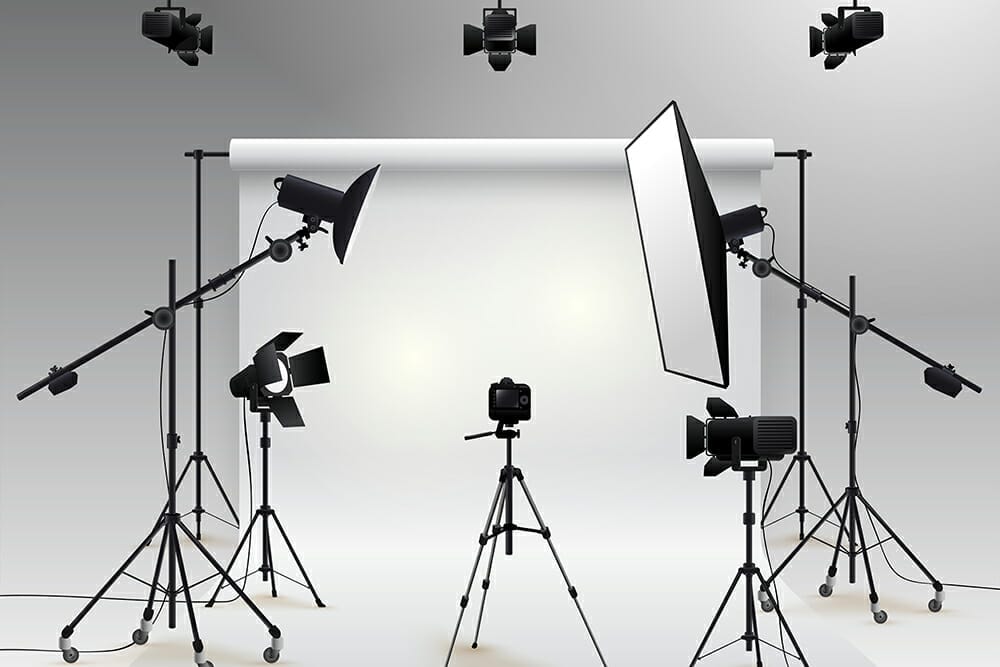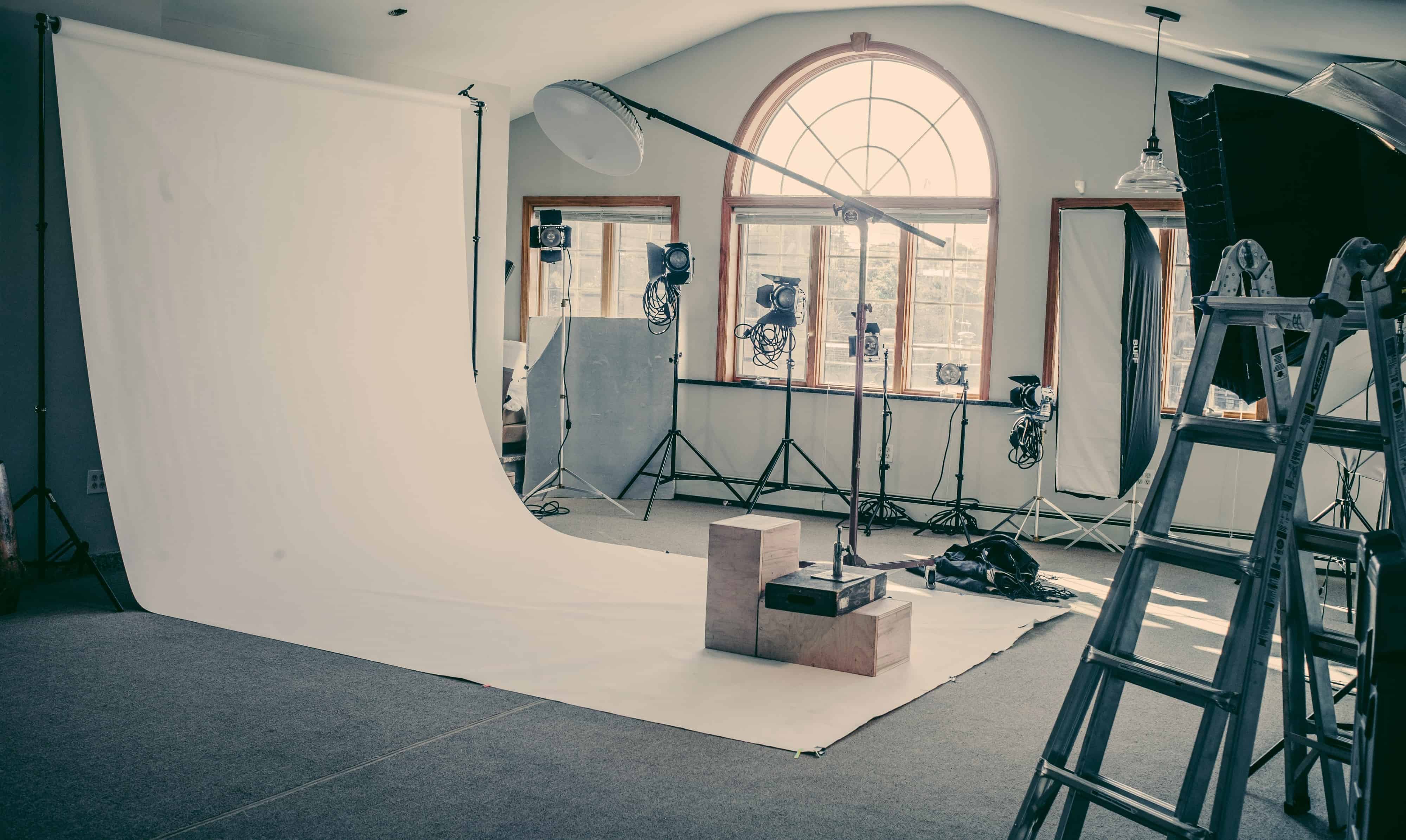What is Ambient Lighting in Photography and How to Use It?
When it comes to capturing images, understanding ambient lighting is crucial for professional photographers. But what is ambient lighting in photography? Simply put, it refers to the natural light that fills a space, creating a soft, even illumination without the harsh shadows that can come from direct lighting sources. This type of lighting can enhance the mood and atmosphere of your photographs, making it an essential aspect to master.
Utilizing ambient light effectively can be the difference between a dull image and a captivating one. Understanding how to work with the light available to you allows for dynamic creativity in your photography, whether you are shooting portraits, landscapes, or product photography. Let's delve deeper into the concept of ambient lighting and how you can harness its potential.

The Characteristics of Ambient Lighting
Ambient lighting possesses unique characteristics that set it apart from other types of lighting. Typically, this light is:
- Soft: Ambient light creates a gentle wash over the subject, reducing harsh shadows and providing a more natural feel.
- Diffused: It comes from various sources, like the sun, sky, or indoor lighting, making it evenly distributed.
- Passive: Unlike artificial lights, it does not involve direct flash or strong lighting equipment.

How to Identify Good Ambient Light?
Identifying good ambient light is essential for maximizing its benefits. Here are a few tips to help you discern the quality of light in your shooting environment:
- Observe the direction of the light: The time of day can significantly impact the quality of light available. Early morning or late afternoon often provides the best ambient light.
- Utilize natural reflectors: Buildings, clouds, and even water can reflect light, enhancing the ambient lighting quality.
- Look for shadows: A low-contrast scene with gentle shadows usually indicates effective ambient lighting.

Techniques to Capture Ambient Light Effectively
Now that we have explored what ambient lighting in photography entails, here are some techniques to effectively capture its essence:
1. Choose the Right Time of Day
The golden hour, which occurs during sunrise and sunset, provides the most flattering ambient light conditions for photography. The warm tones and soft light create stunning images.
2. Adjust Camera Settings
Modify your camera settings to filter in more light. Use a wide aperture, a slower shutter speed, and higher ISO settings to maximize the potential of ambient light.
3. Use Reflectors
Reflectors can enhance ambient light by bouncing it back onto your subject, filling in shadows, and creating a more even exposure.
4. Experiment with Different Angles
Changing your shooting angle can drastically alter how ambient light interacts with your subject. Experiment to achieve the desired effect.

Examples of Ambient Lighting Scenarios
To better appreciate the different ambient lighting scenarios, consider the following examples:
- Indoor Photography: Using natural light from windows can create a beautiful, soft wash of light on your subject.
- Outdoor Photography: Reflections from buildings and other surfaces can enhance the quality of light.
- Product Photography: Utilizing ambient lighting can create a cozy atmosphere around products, enticing consumers.
Common Mistakes to Avoid
In your pursuit of mastering ambient lighting, be aware of these common mistakes:
- Overexposure: Avoid using too high of an ISO, which can wash out details.
- Ignoring Shadows: Shadows can play an important role in your image. Make sure you consider them in your composition.
- Forgetting White Balance: Always be mindful of adjusting your white balance settings to match the ambient light, ensuring accurate color reproduction.
Working with Ambient Light and Other Lighting Techniques
While understanding how to harness ambient lighting is essential, combining it with other techniques can produce extraordinary results. Explore low-key lighting, good lighting for home, and flat lighting to see how they complement each other.
Conclusion
Mastering ambient lighting in photography is essential for professional photographers looking to elevate their work. By understanding how ambient light functions, utilizing it effectively, and avoiding common pitfalls, you can truly enhance your images and create compelling visuals that resonate with your audience.
For additional resources, you can visit essential shaping light tutorial or learn how to setup studio lighting in no time!
As an Amazon Associate, I earn from qualifying purchases.

